hkskyline
Active Member
I visited Shanghai in September to see what the fuss about the Expo was all about. The trip was my most last-minute ever, with booking the flight and flying out happening on the same day. It wasn't hard to secure tickets at all as there are agents in Hong Kong that readily sell them beforehand.
1. Visitor registration is necessary to book the China pavilion. However, the tickets are limited daily and quickly clear out within minutes of the Expo's daily opening. I decided not to visit this pavilion, as it will be kept after the Expo and the crowds will likely thin out by then.

2. The red colour used and the reverse pyramid architecture makes this building stand out even more.

3. Right in front of the China pavilion are the smaller Hong Kong and Macau pavilions. Unlike many other pavilions, Hong Kong citizens don't get priority access to the Hong Kong pavilion, much to my dismay.

4. Although I didn't get to see the China pavilion, I did visit the Chinese provinces pavilion in the basement of the structure. Each province had its own display in a giant exhibition hall.

5. They really made an effort to use a lot of coloured lights and large-screen display technology.


7. Some provinces chose to showcase more traditional architecture.







14. Sometimes I think the use of technology was a bit excessive.

15. However, this city model of Chongqing quickly quelled any bad feelings.


17. Looks crowded but it gets much worse in other pavilions.

18. Insane queues quickly gathered at the key pavilions. The wait for the South Korea pavilion at the time this photo was taken was 3-4 hours.
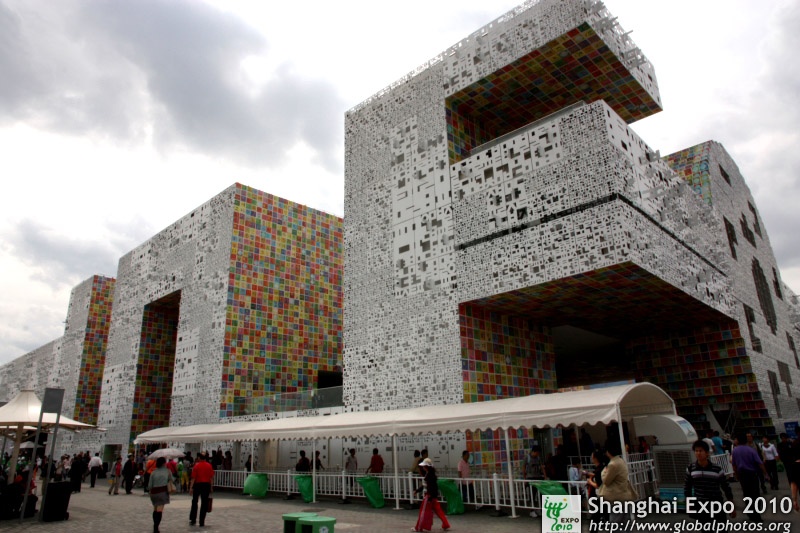
19. As a result, I opted for photos of the exterior instead. I refused to stand in line for more than 1 hour at any pavilion.




23. The facade doesn't age well though. On the backside, many panels were already quite rusty.

24. I really wonder how people can stand in line for hours for 1 pavilion, when there are so many more across the Expo site?

25. The hidden gem at the South Korea pavilion was a rooftop terrace with views of Pudong's skyscrapers.


27. Puxi is also clearly visible.


29. Ginseng chicken on display.

30. I made my way into the Expo about 30 minutes after opening. By then, the queue at the Saudi Arabia pavilion reached 6 hours. Disappointed, I opted for its neighbour, India. There was a big line, but it was moving quickly. The external facade was quite interesting.




34. Inside, there was a fairly detailed exhibition with plenty of artifacts on display.



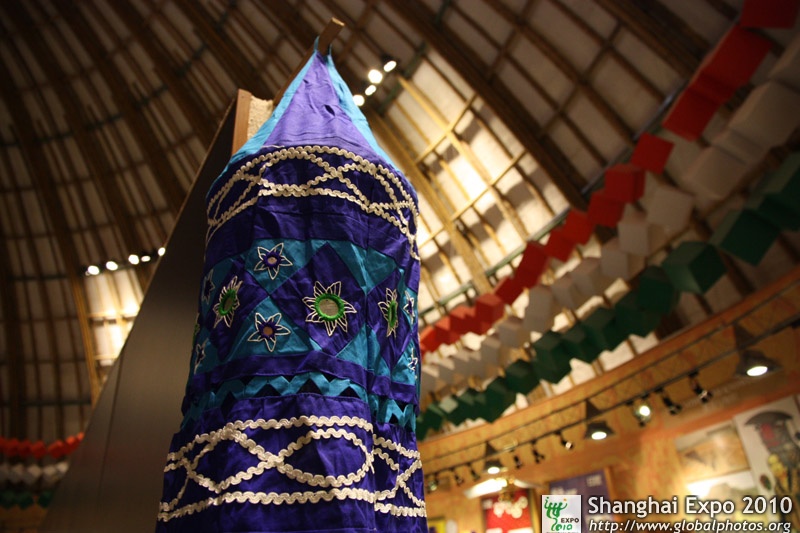
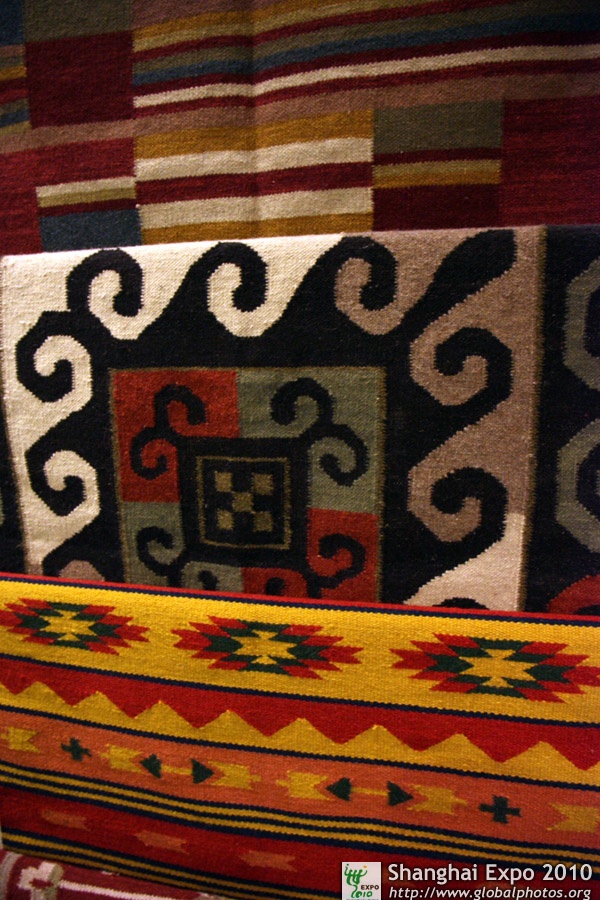

40. Mainland tourists are a curious bunch and have a tendency to touch display items.


42. Disappointing long lines at the Japan pavilion (also 6 hours) drove me to a lesser-known Asian country : Uzbekistan.


44. The glasswork was quite amazing.


46. North Korea was a must-see pavilion on my list. There wasn't much inside though, and the outside didn't seem particularly appealing.

47. A panorama of Pyongyang greets the visitor once inside. You can see the unfinished hotel clearly.



50. There was a small shop at the end of the pavilion selling cheap stamps, books, and postcards. I helped myself to a stash and provided some foreign exchange to the Great Leader's cause.

51. Kyrgyzstan's pavilion featured a traditional tent, which was quite lavishly decorated and interesting.


53. Their use of modest lighting and comfortable colours was quite good. It was an interesting exhibition.




57. Iraq is another interesting story.


59. Inside, you learn about the genie in the lamp ...


61. ... about proposed urban developments ...

62. ... and eat this brand of ice cream.

63. Now for something different, Oman's pavilion was an eye-opener. It showcased its natural beauty very well, and drew my interest to make a visit one day.
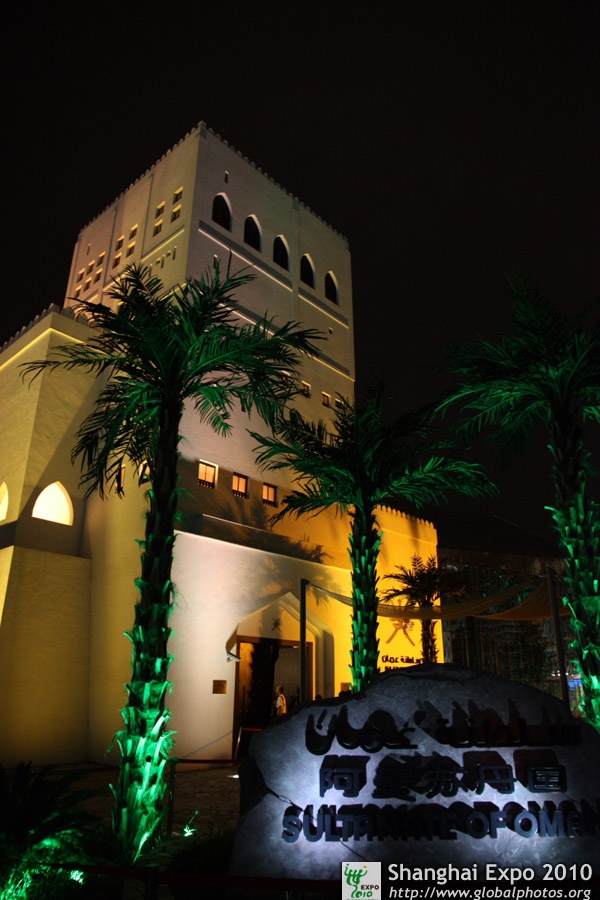
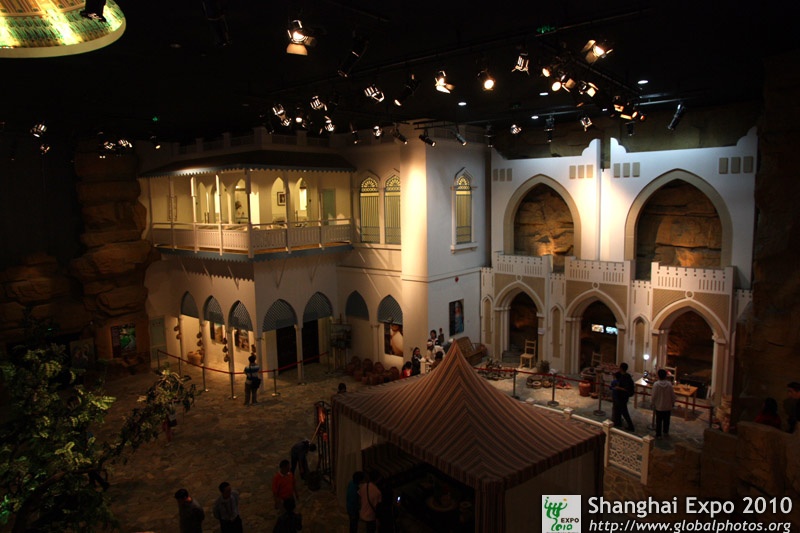
65. The country has a proud maritime past.
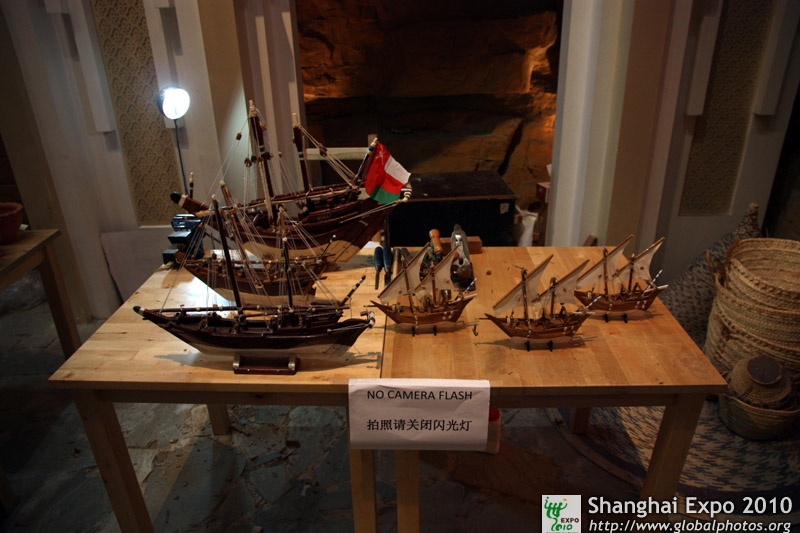
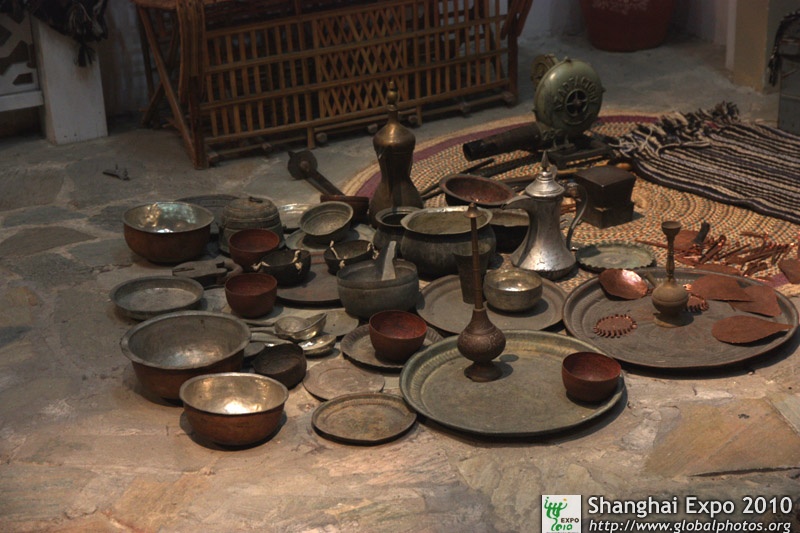
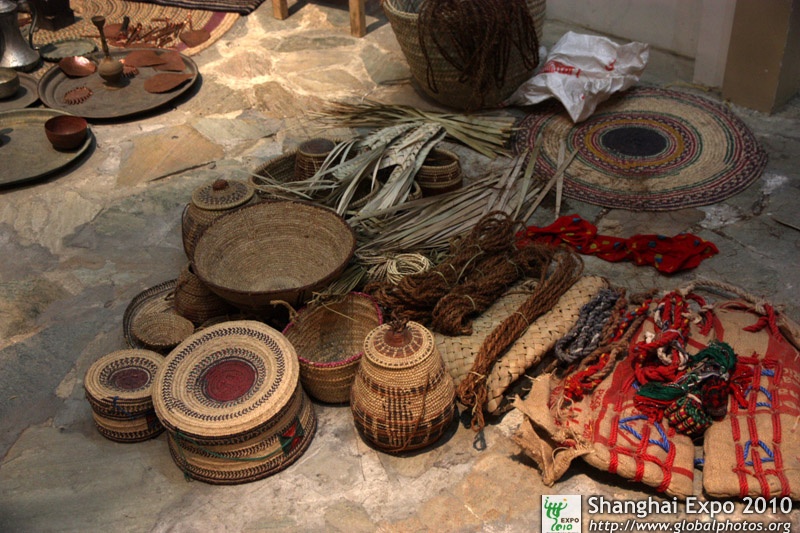
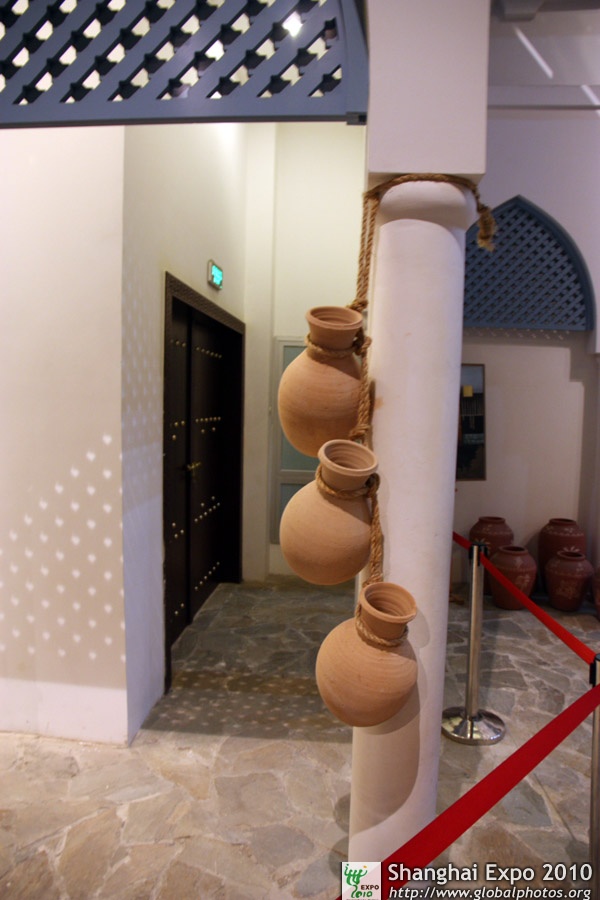
69. There was an interesting scent in the air throughout the pavilion. I walked around for a bit and found the burning frankincense downstairs.


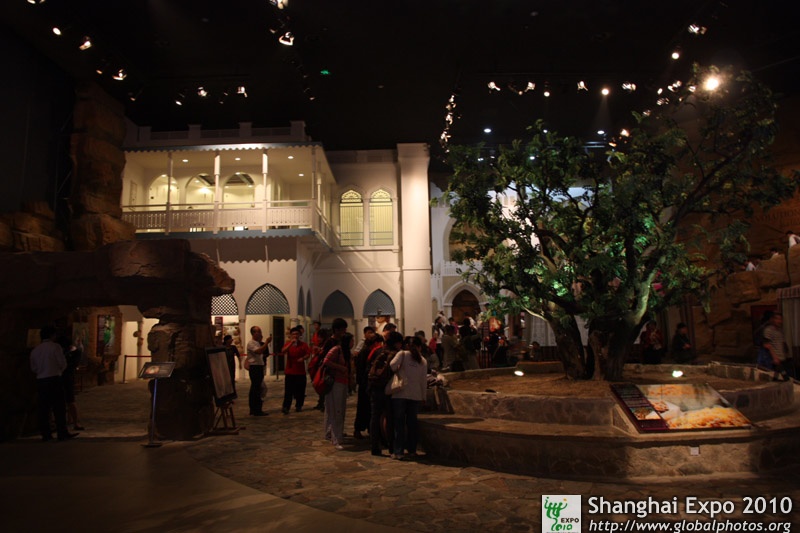
More in the next part. For the full collection, please visit my Shanghai photo gallery : http://www.globalphotos.org/shanghai.htm
1. Visitor registration is necessary to book the China pavilion. However, the tickets are limited daily and quickly clear out within minutes of the Expo's daily opening. I decided not to visit this pavilion, as it will be kept after the Expo and the crowds will likely thin out by then.

2. The red colour used and the reverse pyramid architecture makes this building stand out even more.

3. Right in front of the China pavilion are the smaller Hong Kong and Macau pavilions. Unlike many other pavilions, Hong Kong citizens don't get priority access to the Hong Kong pavilion, much to my dismay.

4. Although I didn't get to see the China pavilion, I did visit the Chinese provinces pavilion in the basement of the structure. Each province had its own display in a giant exhibition hall.

5. They really made an effort to use a lot of coloured lights and large-screen display technology.


7. Some provinces chose to showcase more traditional architecture.







14. Sometimes I think the use of technology was a bit excessive.

15. However, this city model of Chongqing quickly quelled any bad feelings.


17. Looks crowded but it gets much worse in other pavilions.

18. Insane queues quickly gathered at the key pavilions. The wait for the South Korea pavilion at the time this photo was taken was 3-4 hours.

19. As a result, I opted for photos of the exterior instead. I refused to stand in line for more than 1 hour at any pavilion.




23. The facade doesn't age well though. On the backside, many panels were already quite rusty.

24. I really wonder how people can stand in line for hours for 1 pavilion, when there are so many more across the Expo site?

25. The hidden gem at the South Korea pavilion was a rooftop terrace with views of Pudong's skyscrapers.


27. Puxi is also clearly visible.


29. Ginseng chicken on display.

30. I made my way into the Expo about 30 minutes after opening. By then, the queue at the Saudi Arabia pavilion reached 6 hours. Disappointed, I opted for its neighbour, India. There was a big line, but it was moving quickly. The external facade was quite interesting.




34. Inside, there was a fairly detailed exhibition with plenty of artifacts on display.






40. Mainland tourists are a curious bunch and have a tendency to touch display items.


42. Disappointing long lines at the Japan pavilion (also 6 hours) drove me to a lesser-known Asian country : Uzbekistan.


44. The glasswork was quite amazing.


46. North Korea was a must-see pavilion on my list. There wasn't much inside though, and the outside didn't seem particularly appealing.

47. A panorama of Pyongyang greets the visitor once inside. You can see the unfinished hotel clearly.



50. There was a small shop at the end of the pavilion selling cheap stamps, books, and postcards. I helped myself to a stash and provided some foreign exchange to the Great Leader's cause.

51. Kyrgyzstan's pavilion featured a traditional tent, which was quite lavishly decorated and interesting.


53. Their use of modest lighting and comfortable colours was quite good. It was an interesting exhibition.




57. Iraq is another interesting story.


59. Inside, you learn about the genie in the lamp ...


61. ... about proposed urban developments ...

62. ... and eat this brand of ice cream.

63. Now for something different, Oman's pavilion was an eye-opener. It showcased its natural beauty very well, and drew my interest to make a visit one day.


65. The country has a proud maritime past.




69. There was an interesting scent in the air throughout the pavilion. I walked around for a bit and found the burning frankincense downstairs.



More in the next part. For the full collection, please visit my Shanghai photo gallery : http://www.globalphotos.org/shanghai.htm




